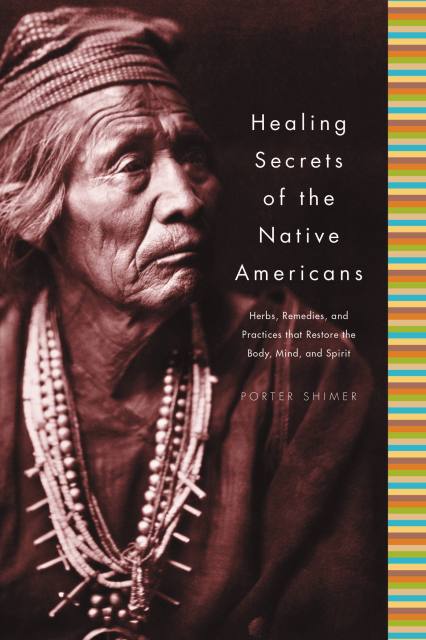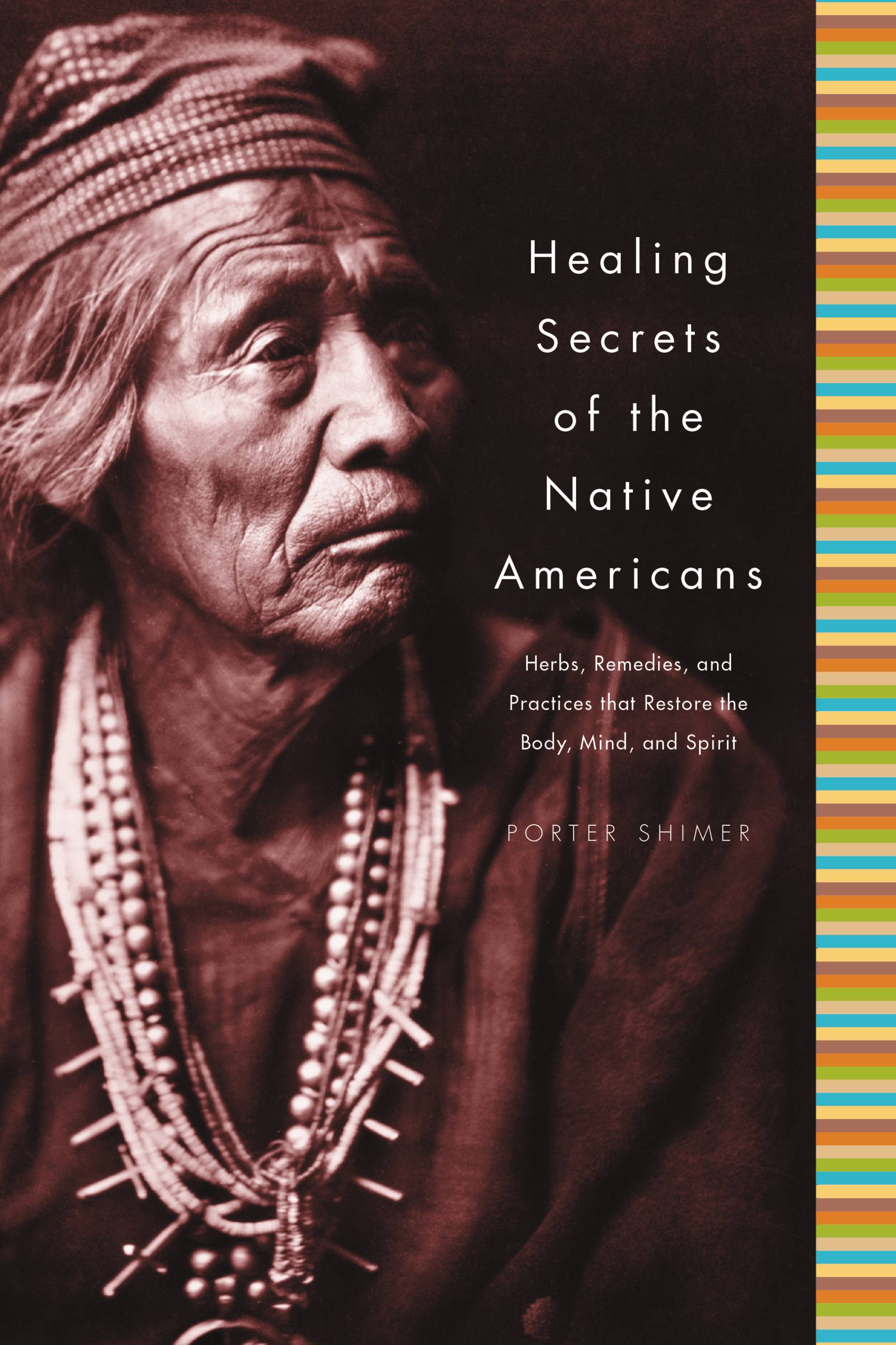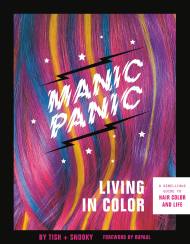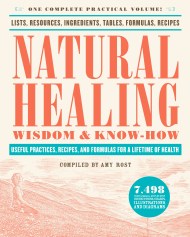Promotion
Use code FALL24 for 20% off sitewide!
Healing Secrets of the Native Americans
Herbs, Remedies, and Practices That Restore the Body, Refresh the Mind, and Rebuild the Spirit
Contributors
Formats and Prices
Price
$10.99Price
$13.99 CADFormat
Format:
- ebook $10.99 $13.99 CAD
- Hardcover $18.00 $23.00 CAD
This item is a preorder. Your payment method will be charged immediately, and the product is expected to ship on or around September 1, 2004. This date is subject to change due to shipping delays beyond our control.
Also available from:
Discover how the Native-American tradition uses plants and herbs, heat, movement and sound, visualization, and spirituality to heal dozens of everyday ailments and illnesses — from back pain to insect bites to flu and sore throat and much more and apply it to your life to improve your health and your mind.
Broken into sections, the book covers such topics as “The Healing Spirit” (including dream therapy, spirituality, and prayer), “The Native American Spa” (healing with heat, massage, sound and movement, and nutrition), “The Native American Pharmacy” (including more than 40 herbs and plants, how to obtain them, and how to use them), plus remedies for more than 40 ailments from acne to wrinkles.
- On Sale
- Sep 1, 2004
- Page Count
- 208 pages
- Publisher
- Black Dog & Leventhal
- ISBN-13
- 9781603762878
Newsletter Signup
By clicking ‘Sign Up,’ I acknowledge that I have read and agree to Hachette Book Group’s Privacy Policy and Terms of Use







